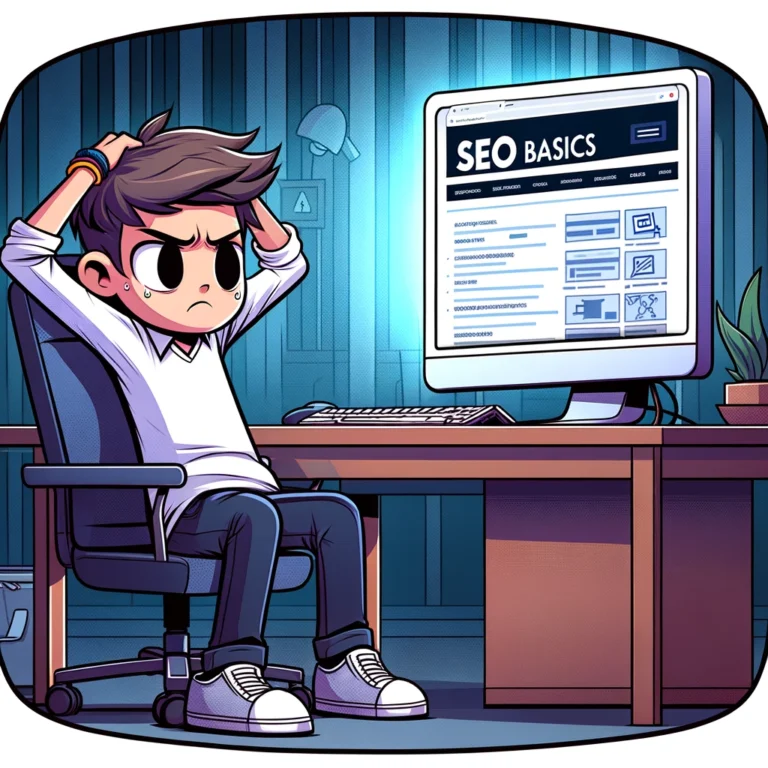Search engine optimization (SEO) is a critical component of digital marketing, helping websites gain visibility, attract traffic, and convert visitors into customers. Among the various elements of SEO, title tags hold a particularly important place. Optimizing these tags can significantly enhance your website’s search engine rankings and user engagement. This article explores the basics of title tags, their role in SEO, and practical steps to optimize them for better performance.
Understanding Title Tags
Title tags are HTML elements that provide a brief description of the content on a web page. These tags are displayed on search engine results pages (SERPs) as clickable headlines for a given result and are crucial for usability, SEO, and social sharing. The title tag of a web page is meant to be an accurate and concise description of a page’s content.
Why Title Tags Are Important
- Visibility in SERPs: Title tags are the first impression users have of your website on the search results page. A well-crafted title can influence whether users click on your link or a competitor’s.
- Impact on Rankings: While the algorithms that govern search engine rankings are complex and constantly evolving, title tags still play a significant role. They help search engines understand what the page is about and evaluate its relevance to search queries.
- User Engagement: Titles that clearly state what the page is about can improve user engagement. When users find what they are looking for quickly and efficiently, it enhances user experience and decreases bounce rates.
Components of an Effective Title Tag
Crafting an effective title tag involves several elements:
- Relevance: The title should accurately reflect the content of the page.
- Brevity: Ideally, title tags should be between 50 and 60 characters long. Longer titles may be cut off in the SERPs, leading to a loss of important information.
- Keywords: Including relevant keywords can help improve the page’s search engine rankings. However, keyword stuffing should be avoided as it can negatively impact the readability and SEO performance.
- Uniqueness: Every page on your site should have a unique title to help search engines understand the page’s distinctiveness and relevance.
Optimizing Your Title Tags
Here’s how you can optimize your title tags effectively:
Start with Keyword Research
Understanding what your target audience is searching for is crucial. Use tools like Google Keyword Planner, SEMrush, or Ahrefs to find relevant keywords with good search volumes. Place the most important keywords towards the beginning of the title, as search engine algorithms tend to give more weight to words at the start.
Make It Descriptive and Concise
Your title should offer value and insight into the content of the page. It needs to be compelling enough to catch the user’s eye and accurate enough to set the correct expectations. Remember, the goal is to encourage clicks while being truthful about what the page delivers.
Avoid Duplicate Titles
Ensure each page’s title is unique to avoid confusing search engines. Duplicate titles can lead to SEO issues, as search engines might not be able to distinguish between content that appears similar.
Use Branding Wisely
If space permits, it’s beneficial to include your brand in the title tag. This can enhance user recognition and trust, particularly if your brand is well-known. Typically, the brand name can be added at the end of the title tag (e.g., “Ultimate Guide to Gardening Tools | GreenThumb”).
Test and Refine
SEO is not a set-it-and-forget-it activity. It requires ongoing adjustments and testing. Use tools like Google Search Console to track the performance of your title tags. Experiment with different formulations to see what works best in terms of click-through rates and rankings.
Title tags are a fundamental yet powerful element of SEO. By optimizing title tags, not only do you improve your site’s SEO performance, but you also enhance the overall user experience. Remember, effective SEO is about combining technical optimization with satisfying user needs. As you refine your title tags, keep your audience in mind, and strive to deliver clear, accurate, and engaging content.
Optimizing your title tags is just the beginning of a comprehensive SEO strategy. With consistent effort and strategic adjustments, you can significantly improve your website’s visibility and user engagement.

Best Practices for Title Tag Optimization
Adhering to SEO best practices for title tags not only boosts your rankings but also improves the click-through rate (CTR) from the search results page. Here are some essential tips to further enhance your title tags:
Reflect the Search Intent
Search intent refers to the purpose behind a search query. Whether it’s informational, transactional, or navigational, your title tag should match the intent of your target audience. For example, if you’re targeting a keyword where the intent is to buy, include words that signal purchasing options like “Buy,” “Shop,” or “Get.”
Be Mindful of the Length
While the ideal length for title tags is up to 60 characters, it’s crucial to ensure that your titles are not truncated in the SERPs. Google typically displays the first 50-60 characters of a title tag. Keep it concise and make sure the essential information and keywords are within this range.
Incorporate Call-to-Actions
Using action-oriented language can make title tags more compelling. Words like “Learn,” “Discover,” “Grab,” or “Find out” invite users to engage with your content. A strong call-to-action (CTA) can make the difference between a user clicking through or bypassing your listing.
Prioritize Readability and Appeal
While it’s important to include keywords and maintain brevity, your title tag should also be appealing and easy to read. Avoid over-optimization, which can lead to a spammy or unnatural appearance. The goal is to make the title engaging and clear to potential visitors.
Avoid Over-Optimization
While keywords are crucial, stuffing your title tag with too many keywords can harm your SEO as it might appear manipulative to search engines. Maintain a natural flow by integrating keywords seamlessly and focusing on creating a meaningful and informative title.
Consider Local SEO
If your business is local, including geo-specific terms can be beneficial. For instance, if you’re a bakery in Boston, you might include “Boston” or “MA” in your title tags to attract a local audience. Local SEO is particularly effective for businesses that rely on local clientele.
Monitoring and Adapting
The digital landscape is always evolving, and so are SEO strategies. Monitoring the performance of your title tags is crucial for understanding what works and what doesn’t. Here’s how you can keep your title tags optimized over time:
Use Analytics Tools
Google Analytics and Google Search Console are invaluable tools for tracking the effectiveness of your title tags. They provide insights into how your titles are performing in terms of attracting clicks and how they’re contributing to your site’s overall SEO success.
Conduct A/B Testing
Experiment with different versions of your title tags to see which ones perform better. A/B testing can provide concrete data on what attracts more clicks and engagement from users.
Stay Updated with SEO Trends
SEO best practices are continually changing. What works today might not work tomorrow. Stay informed about the latest trends and algorithm updates by following reputable SEO news sources and adapting your strategies accordingly.
Final Thoughts
Optimizing title tags is a critical but often overlooked component of SEO strategy. By focusing on these elements, you can significantly improve your site’s visibility and attractiveness to both search engines and users. Remember, the most effective SEO strategy is one that continuously evolves with the digital landscape, adapting to new trends and technologies to stay competitive.
With the tips provided in this article, you’re well-equipped to start refining your title tags for improved SEO performance. Just remember to keep your audience’s needs at the forefront, be mindful of SEO trends, and always aim for clarity and relevance in your titles.



